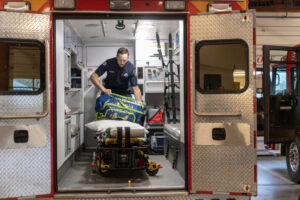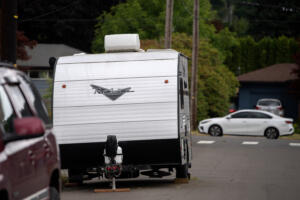Two of the most common answers to the question Camas Mayor Steve Hogan posed to potential Camas City Council applicants this week — “What are the top two or three issues facing Camas in the next five years?” — spoke to the city’s looming infrastructure needs and officials’ ability to proactively plan for future growth, especially in the city’s North Shore area.
And while there is no doubt the city of Camas, like many jurisdictions in the Portland-Vancouver metro area, is facing several expensive-but-critical infrastructure needs, including the replacement of at least two Camas-Washougal fire stations within the next few years, there was one critical component of infrastructure-planning that seemed to be lacking in the Council applicants’ answers: climate resiliency.
There is no doubt climate change is already devastating many U.S. cities. In early 2022, the National Oceanic and Atmospheric Administration (NOAA) reported that extreme weather events, fueled by human-caused climate change, claimed 688 lives and cost $145 billion throughout the U.S. in 2021 alone.
“It was a tough year. Climate change has taken a shotgun approach to hazards across the country,” NOAA climatologist and economist Adam Smith, who compiled the report for the agency.
In fact, these types of extreme weather events have cost the U.S. nearly $2.3 trillion since 1980.




